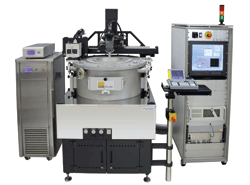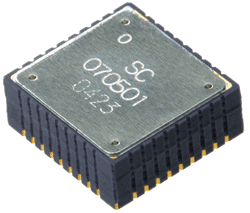Solutions for testing MEMS devices at the wafer level
Compared to classic ICs, the behavior of MEMS devices is much more complex, and requires testing before packaging.
http://www.nxtbook.com/nxtbooks/hearst/projectmems_200901/index.php?startid=5

Wireless sensor networks have arrived
Many products supporting wireless sensor networks and low-power, energy-harvesting apps were at this year’s Sensor Expo.
http://www.nxtbook.com/nxtbooks/hearst/projectmems_200901/index.php?startid=10

Choosing the right material for RF packaging
New compounds and widespread demand for high-performance devices and are altering the chip-packaging landscape.
http://www.nxtbook.com/nxtbooks/hearst/projectmems_200901/index.php?startid=17
![]()
Viewpoint: Design for failure
I was recently speaking with Roger Grace, founder and president of Roger Grace Associates, a company that provides strategic marketing services to advanced technology companies. Roger, who has been involved with MEMS technology practically since its inception, was saying that one of the major barriers to successful commercialization of MEMS technology is essentially bad engineering (my words, not his).
What Roger has seen is that, ironically, many companies aren’t taking a system-design approach to micro-electromechanical systems. They tend to focus initially only on the MEMS device itself, ignoring other issues that are equally if not more important to getting the device to market. For example, companies sometimes wait to think about how to package the device until it is being built, and therefore fail to take into account packaging’s effect on device performance. Or they fail to consider how their product’s users will connect it to other devices, or how devices coming off the line will be tested to ensure manufacturing performance and device quality.
Having spent the latter half of the 20th century covering the electronics industry, I can remember hearing the same sorts of complaints about IC designers. Because it came to grips with these issues, the IC industry became the driving force behind commerce today.
In this and future issues, we will try to help you overcome the MEMS design pitfalls that can be detrimental to success. For example, this month’s cover article deals with what practical things can be done today to test MEMS devices, so MEMS designs can accordingly design for test. We hope that by helping you with these issues, we can contribute to realizing what we foresee as exciting possibilities for new and fundamentally different products.
Richard Comerford
For more on Project MEMS, visit www.electronicproducts.com/projectmems
Advertisement
Learn more about Electronic Products Magazine





